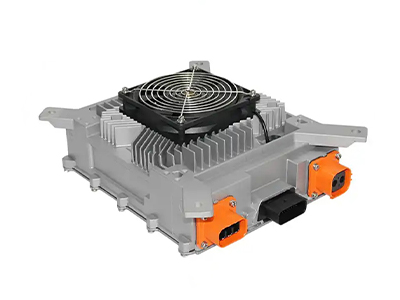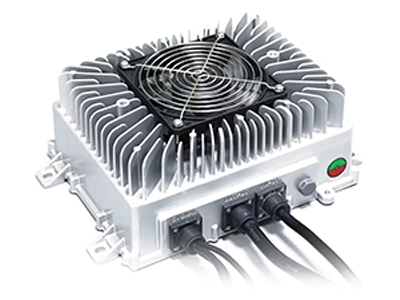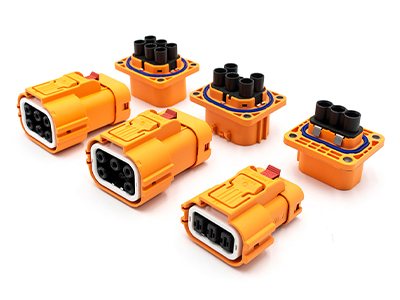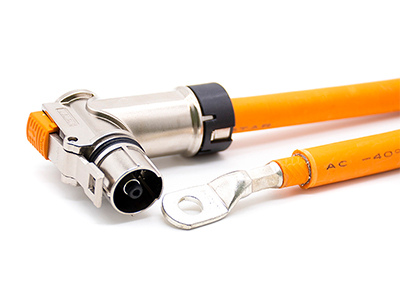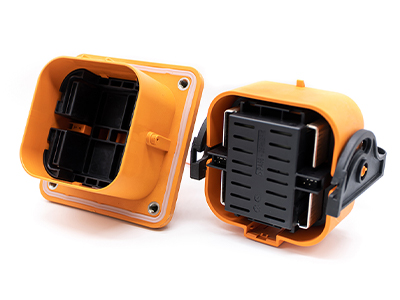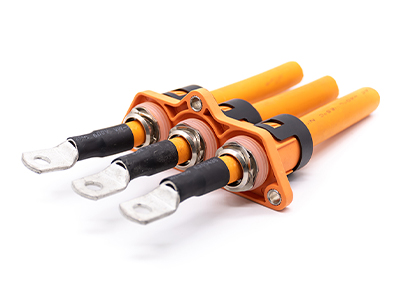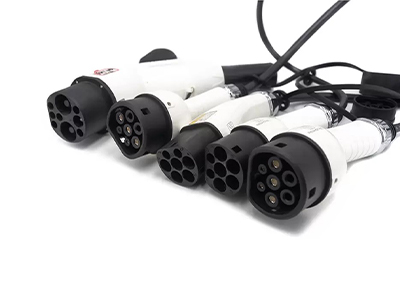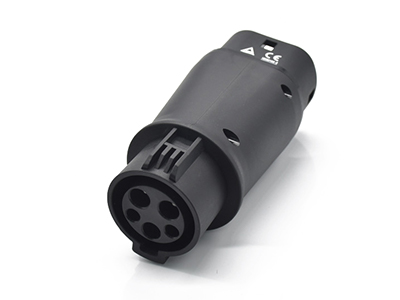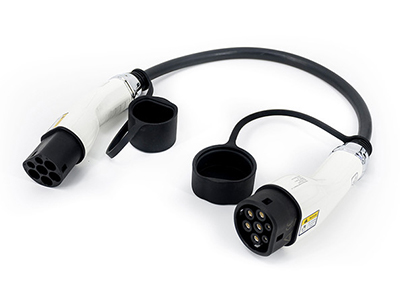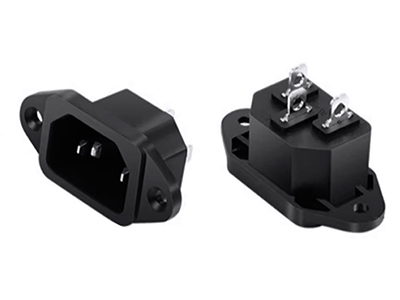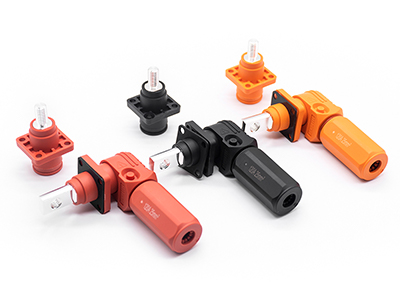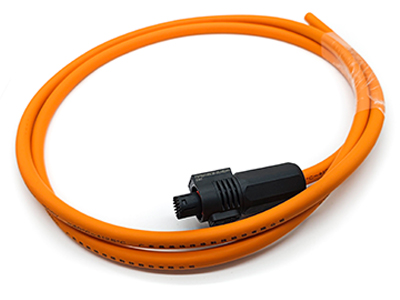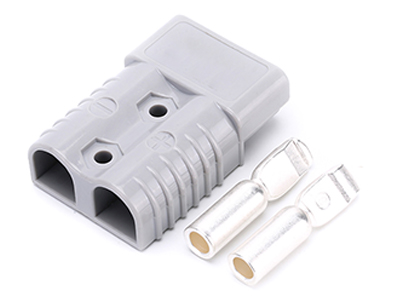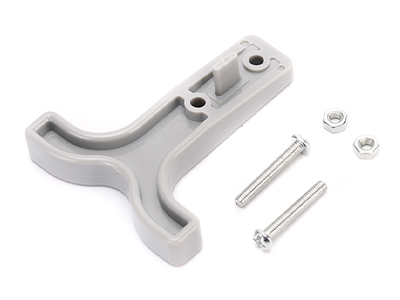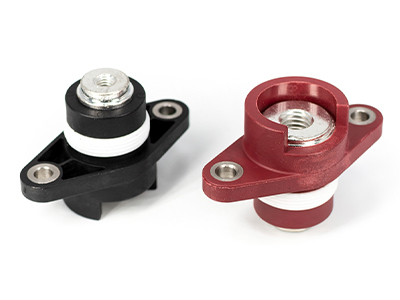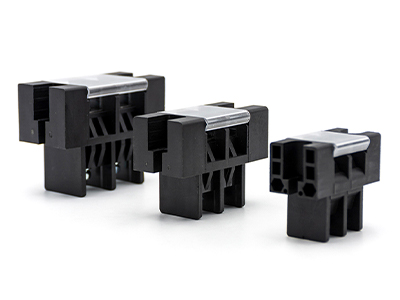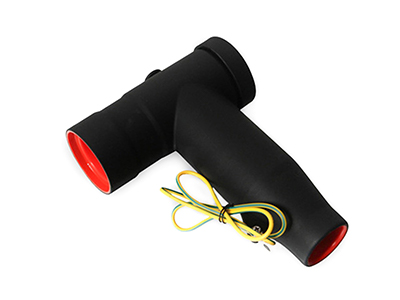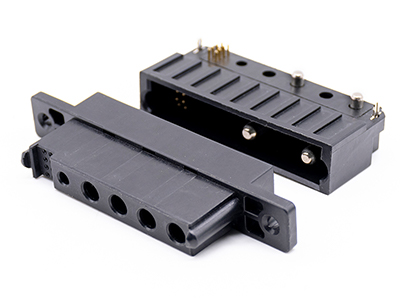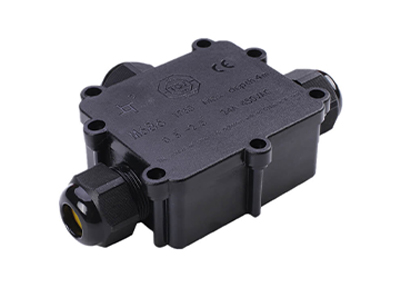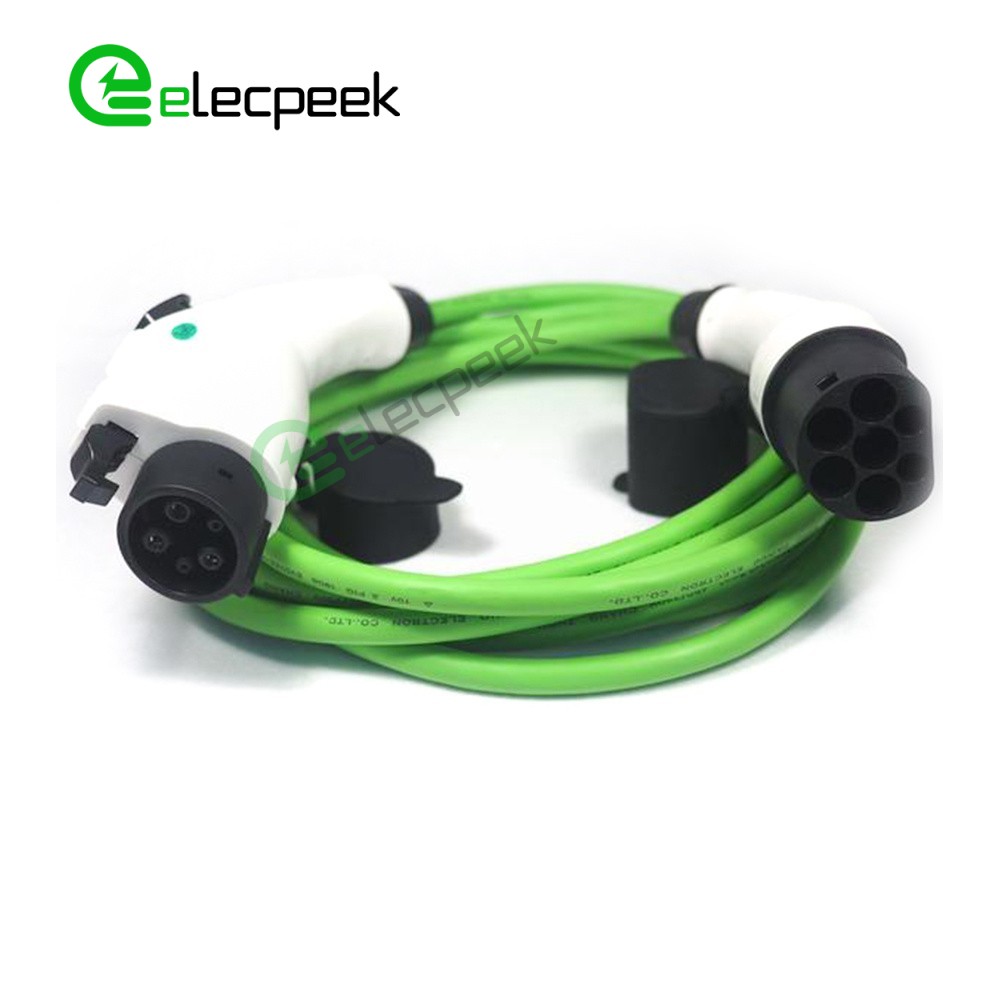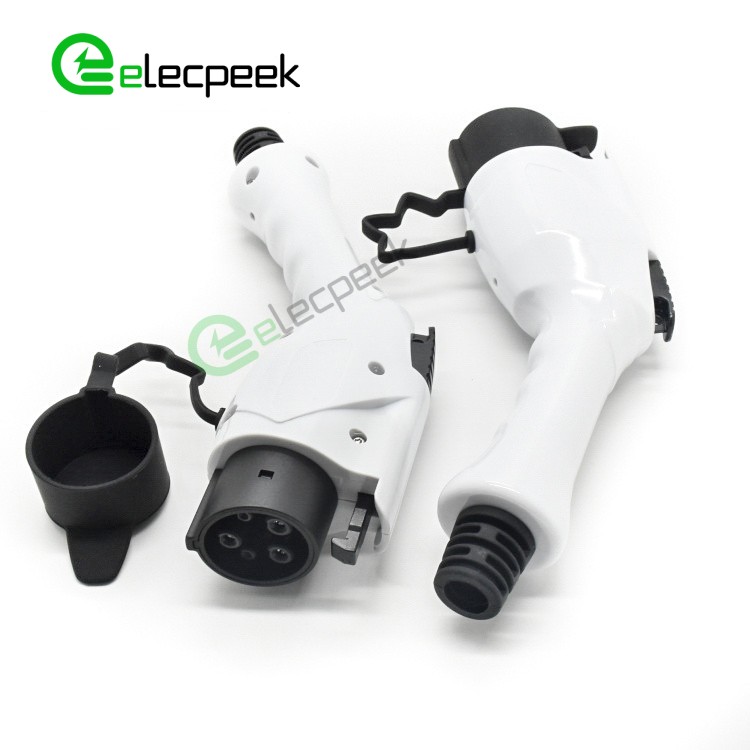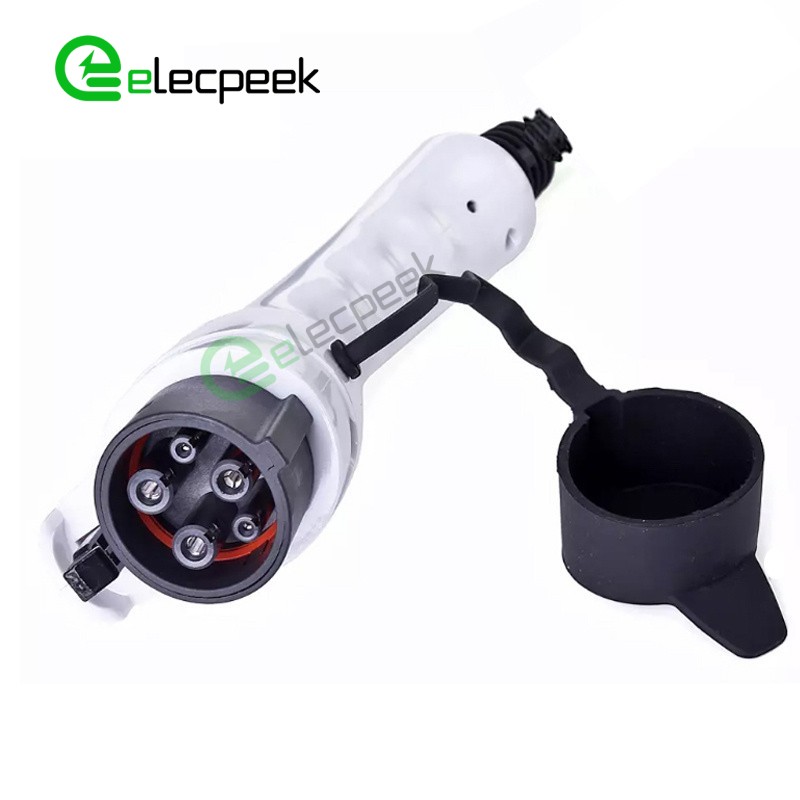News
SAE J1772 Plug Connector: The Standardized Charging Solution for Electric Vehicles
Introduction
Welcome to our comprehensive guide on the SAE J1772 plug, the standard connector for electric vehicles (EVs) used in North America. In this article, we will delve into the details of the J1772 plug, its functionality, advantages, and how it revolutionized EV charging. Whether you are a curious EV owner, an automotive enthusiast, or a tech-savvy individual exploring the world of electric mobility, this guide is here to provide you with all the essential information you need.
Understanding the SAE J1772 Plug
The SAE J1772 plug is the standard charging connector for electric vehicles (EVs) in North America. It was introduced by the Society of Automotive Engineers (SAE) to establish a uniform charging interface that ensures interoperability between EVs and charging stations. The J1772 plug is a Type 1 connector designed for AC charging, offering a safe and reliable means of transferring electricity to EVs.
How Does the SAE J1772 Plug Work?
The operation of the SAE J1772 plug is relatively straightforward. When an EV needs to be charged, the J1772 plug is connected to the vehicle’s charging port, while the other end is inserted into a charging station or a wall-mounted charging unit. The plug has multiple pins, each serving a specific purpose in the charging process.
The J1772 plug supports both AC Level 1 and AC Level 2 charging. AC Level 1 charging typically involves plugging the EV into a standard household outlet, providing a lower charging rate. AC Level 2 charging, on the other hand, requires a dedicated charging station with higher power output. The J1772 plug allows for a higher charging rate, reducing charging time significantly.
Advantages of the SAE J1772 Plug
The SAE J1772 plug offers several advantages that have contributed to its widespread adoption in the EV industry. Let’s explore some of its key benefits:
- Interoperability: The J1772 plug’s standardized design ensures compatibility between EVs and charging stations from different manufacturers, promoting seamless charging experiences for EV owners.
- Safety: The J1772 plug incorporates safety features such as a pilot signal, ground fault protection, and locking mechanisms, reducing the risk of electrical hazards and ensuring user safety during the charging process.
- Ease of Use: With a simple plug-and-play design, the J1772 plug is user-friendly and does not require complex configurations or specialized technical knowledge to operate.
- Versatility: The J1772 plug supports both Level 1 and Level 2 AC charging, providing flexibility to EV owners in choosing the most suitable charging option based on their needs and infrastructure availability.
- Future-Proofing: The J1772 plug has proven its longevity by adapting to emerging technologies. It has evolved to support advanced features like smart charging, bidirectional power flow, and enhanced communication protocols, making it compatible with the ever-changing landscape of the EV industry.
The Evolution of EV Charging Standards
Since the early days of electric vehicles, the industry recognized the need for standardized charging connectors to overcome compatibility issues and streamline the charging process. The development of the SAE J1772 plug played a pivotal role in establishing a common charging interface for North American EVs. However, it is essential to understand the broader context and the evolution of EV charging standards worldwide.
In the early 1990s, a multitude of charging connectors and protocols emerged, causing fragmentation and interoperability challenges. The industry recognized the necessity for standardization, which led to the introduction of the J1772 plug in 2001. This marked a significant milestone, as it provided a unified charging solution for EVs, enabling widespread adoption and infrastructure development.
Continued advancements and global harmonization efforts led to the emergence of other charging standards such as CHAdeMO, CCS (Combined Charging System), and Tesla’s proprietary Supercharger connector. While these connectors catered to specific regional or manufacturer requirements, the J1772 plug remains the de facto standard in North America, offering compatibility with a wide range of EV models and charging stations.
Compatibility and Interoperability
One of the key strengths of the SAE J1772 plug is its compatibility and interoperability. The standardized design ensures that EVs equipped with a J1772 inlet can be charged at any J1772-compliant charging station, regardless of the manufacturer. This interoperability eliminates the need for multiple charging adapters or specific infrastructure, simplifying the charging experience for EV owners.
Moreover, the J1772 plug’s compatibility extends beyond North America. While it is the standard in the United States and Canada, many charging stations worldwide also feature J1772 connectors to cater to North American EVs. This compatibility facilitates cross-border travel and encourages EV adoption by providing a familiar and accessible charging solution.
It is worth noting that while the J1772 plug excels in AC charging, it is not suitable for high-power DC fast charging, which necessitates other connector standards like CHAdeMO or CCS. However, to address this limitation, many DC fast charging stations incorporate multiple connector types, including J1772, to accommodate a broader range of EVs.
Key Components of the SAE J1772 Plug
To better understand the J1772 plug’s functionality, let’s examine its key components:
- Connector Housing: The outer shell of the J1772 plug, typically made of sturdy and durable materials, provides protection and mechanical support to the internal components.
- Power Pins: These pins carry the electrical current from the charging station to the EV. The J1772 plug has three power pins responsible for line, neutral, and ground connections.
- Control Pilot: The control pilot pin facilitates communication between the EV and the charging station. It allows the charging station to monitor the charging status, relay safety information, and control the charging process.
- Proximity Detection: The proximity detection mechanism ensures a secure connection by detecting the presence of the plug in the EV’s charging inlet. It also enables the locking mechanism to engage, preventing accidental disconnection during charging.
- Locking Mechanism: The J1772 plug features a mechanical locking mechanism that secures the connection between the EV and the charging station. This ensures a stable and reliable connection, even in challenging environmental conditions.
- Ground Fault Protection: The J1772 plug incorporates ground fault protection to mitigate the risk of electrical shocks. It continuously monitors the electrical circuit and detects any current imbalances, immediately interrupting the charging process to prevent accidents.
Installation and Wiring of the SAE J1772 Plug
Installing the SAE J1772 plug requires specific considerations and adherence to electrical codes and guidelines. It is crucial to consult a qualified electrician for safe and compliant installation. Here are the key steps involved:
- Power Supply: Ensure a dedicated circuit with the appropriate electrical capacity is available for the charging station installation. This includes proper wiring, circuit breakers, and grounding as per local electrical codes.
- Mounting the Charging Station: Install the charging station securely on a suitable wall or structure, considering accessibility, weather protection, and proximity to the EV parking space.
- Wiring Connections: Follow the manufacturer’s instructions to connect the charging station to the power supply. This typically involves connecting the line, neutral, and ground wires, as well as the control pilot wire.
- Verifying Electrical Connections: Double-check all the electrical connections to ensure proper wiring, secure terminal connections, and no loose or exposed wires.
- Testing and Commissioning: After installation, perform a comprehensive test to verify the charging station’s functionality, including the J1772 plug’s engagement, communication with the EV, and successful charging initiation.
It is crucial to note that the installation process may vary depending on the specific charging station model, electrical regulations, and local requirements. Always refer to the manufacturer’s instructions and consult a professional electrician for a safe and reliable installation.
Safety Considerations with the SAE J1772 Plug
Ensuring safety during the charging process is of paramount importance. The SAE J1772 plug incorporates several safety features to protect users and mitigate potential hazards. Here are some key safety considerations:
- Ground Fault Protection: The J1772 plug’s ground fault protection continuously monitors the electrical circuit, detecting any imbalances that may pose a risk of electric shock. In the event of a ground fault, the charging process is immediately interrupted to prevent accidents.
- Locking Mechanism: The mechanical locking mechanism of the J1772 plug ensures a secure connection between the EV and the charging station. It prevents accidental disconnection due to vibration, gusts of wind, or unintentional movement.
- Pilot Signal Communication: The control pilot pin enables communication between the charging station and the EV, relaying important information about the charging status, safety measures, and control signals. This communication ensures a coordinated charging process and the implementation of necessary safety protocols.
- Proximity Detection: The J1772 plug’s proximity detection mechanism ensures that a reliable connection is established before charging begins. It verifies the proper alignment and engagement of the plug in the EV’s charging inlet, reducing the risk of incomplete or faulty connections.
- Adherence to Electrical Codes: Proper installation, wiring, and compliance with local electrical codes and regulations are crucial for ensuring electrical safety. It is essential to engage a qualified electrician for installation and adhere to the recommended guidelines and standards.
Maintaining and Cleaning the SAE J1772 Plug
Regular maintenance and cleaning of the SAE J1772 plug are essential to ensure optimal performance and longevity. Here are some maintenance tips:
- Visual Inspection: Periodically inspect the plug for any signs of damage, wear, or corrosion. Ensure that the pins are clean, straight, and free from debris or obstructions.
- Cleaning the Plug: Use a soft, dry cloth to clean the J1772 plug regularly. Avoid using abrasive materials or harsh chemicals that could damage the plug’s surfaces or affect its functionality.
- Pin Cleaning: If the pins appear dirty or corroded, use a small amount of electrical contact cleaner on a clean cloth to gently clean them. Ensure the plug is completely dry before reconnecting it.
- Protective Covers: When the J1772 plug is not in use, consider using protective covers to shield it from dust, moisture, and physical damage. This can help prolong its lifespan and maintain its functionality.
Remember to always follow the manufacturer’s recommendations for maintenance and consult the user manual for specific instructions regarding your charging station and J1772 plug.
Understanding the SAE J1772 Charging Adapter
The SAE J1772 charging adapter serves as a bridge between the J1772 plug and other charging standards. It enables compatibility between EVs equipped with different charging connectors and J1772-compliant charging stations. Here are some key aspects to understand about the J1772 charging adapter:
- Adapter Types: There are different types of J1772 charging adapters available, depending on the desired compatibility. For example, a J1772 to Tesla adapter allows Tesla EVs with a proprietary connector to charge at J1772 stations, while a J1772 to CHAdeMO adapter enables CHAdeMO-equipped EVs to use J1772 stations.
- Functionality: The J1772 charging adapter essentially converts the connector type on the EV to a J1772-compatible interface. It ensures that the EV can establish a secure connection and communicate with the charging station using the J1772 standard.
- Compatibility Considerations: While the J1772 charging adapter expands the charging options for EV owners, it is essential to verify compatibility with the EV model and the charging station. Not all adapters are universally compatible, and some may have limitations or specific requirements.
- Availability: J1772 charging adapters are commonly available through EV charging equipment suppliers, automotive stores, and online marketplaces. Ensure you choose a reputable and reliable adapter that meets safety standards and is recommended by the EV manufacturer.
When using a J1772 charging adapter, follow the manufacturer’s instructions, heed limitations or warnings, and prioritize safety during the charging process.
Common FAQs about the SAE J1772 Plug
Q1: Can I charge my electric vehicle with a J1772 plug at home?
A1: Yes, you can charge your electric vehicle with a J1772 plug at home. AC Level 1 charging using a standard household outlet is suitable for overnight charging, while AC Level 2 charging requires a dedicated charging station for faster charging.
Q2: Are all EVs compatible with the SAE J1772 plug?
A2: No, not all EVs are compatible with the SAE J1772 plug. However, many EV models in North America are equipped with a J1772 inlet, ensuring compatibility with J1772 charging stations.
Q3: Can I use a J1772 plug for DC fast charging?
A3: No, the J1772 plug is primarily designed for AC charging. DC fast charging typically requires other connector standards such as CHAdeMO or CCS.
Q4: Are J1772 plugs waterproof?
A4: While J1772 plugs are designed to withstand outdoor conditions, they may not be fully waterproof. It is advisable to protect the plug from direct exposure to heavy rain or submersion in water.
Q5: Can I retrofit my existing EV with a J1772 inlet?
A5: Retrofitting an EV with a J1772 inlet is possible in some cases. However, specialized knowledge and expertise are required. It is recommended to consult with a qualified professional or the EV manufacturer.
Q6: Are J1772 plugs compatible with Level 3 DC fast charging stations?
A6: No, J1772 plugs are not compatible with Level 3 DC fast charging stations. Level 3 charging typically requires connector standards like CHAdeMO or CCS, which support higher power levels.
Conclusion
The SAE J1772 plug has played a significant role in standardizing the charging interface for electric vehicles in North America. The compatibility, safety features, and ease of use of EVs have led to their widespread adoption and the development of charging infrastructure. The J1772 plug, as the EV industry evolves, remains a reliable and versatile charging solution. It promotes seamless experiences for EV owners and supports the transition to sustainable transportation.
Remember to always prioritize safety and consult the manufacturer’s guidelines and recommendations when installing, using, and maintaining the J1772 plug. By adopting standardized charging connectors like the J1772 plug, we can drive the growth of electric mobility and contribute to a cleaner, greener future.

